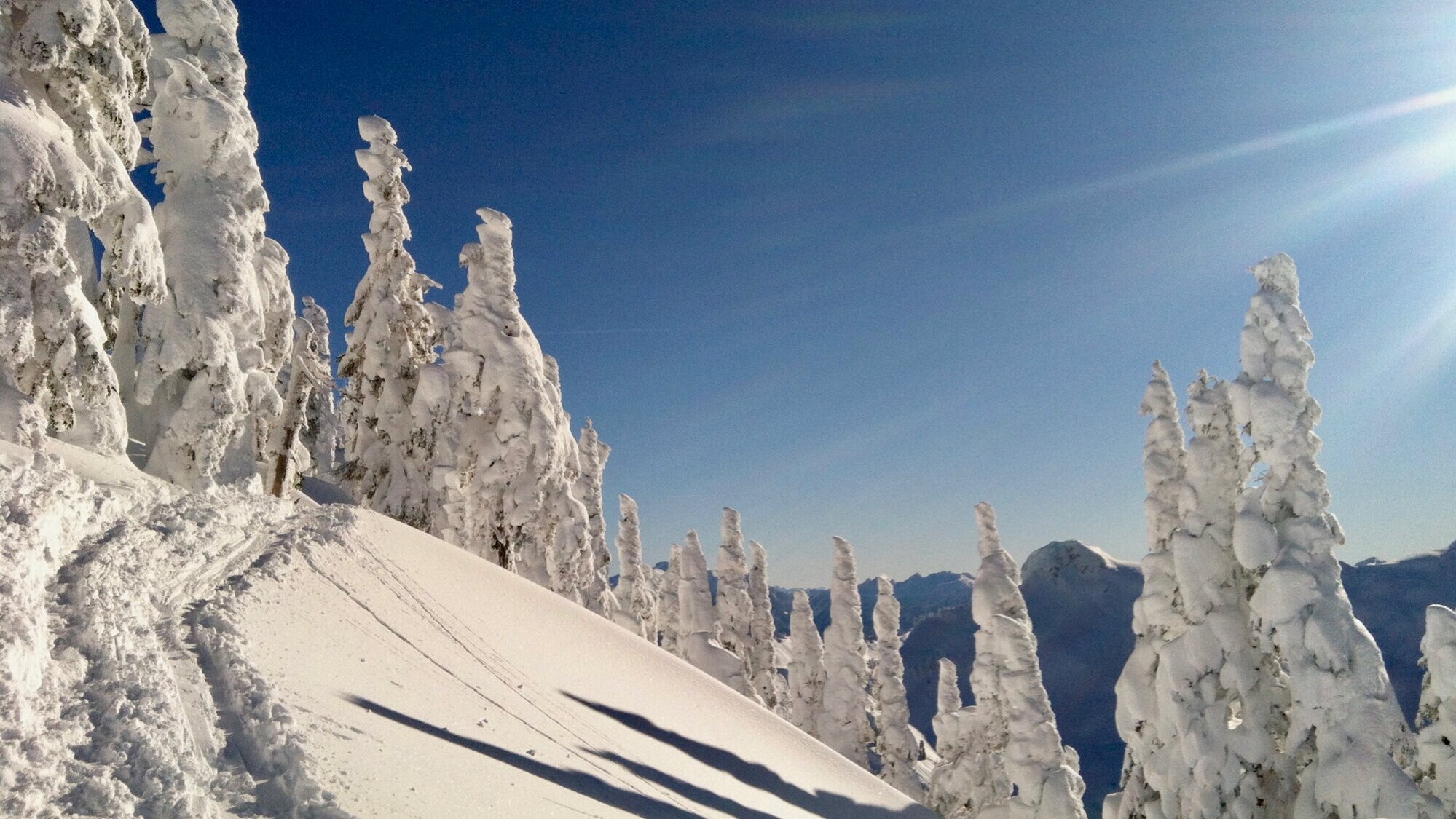Having a background in a sport where most people have had one or many concussions, it really drives me to promote concussion awareness, prevention, and treatment options. Most concussions improve with time, but for some, the symptoms linger, especially if it’s your second or third one. Residual symptoms can affect concentration, sensitivities to light, sound, and busy spaces, and even affect your balance. People usually hit their head pretty hard to give themselves a concussion, and that can also affect your neck causing other problems that can also contribute to similar problems and neck pain.
I spent the weekend at a Vestibular Rehabilitation course enhancing my abilities to treat vertigo, inner ear, and post-concussion syndromes, among other inner-ear, central, and upper cervical spine conditions, and it just reinforced how important it is to see a qualified healthcare provider after you bonk your head.
If you participate in a sport that’s risky for concussions, it’s a good idea to have an annual baseline assessment, so you and your healthcare providers can compare how you’re doing after a concussion or head trauma occurs.



